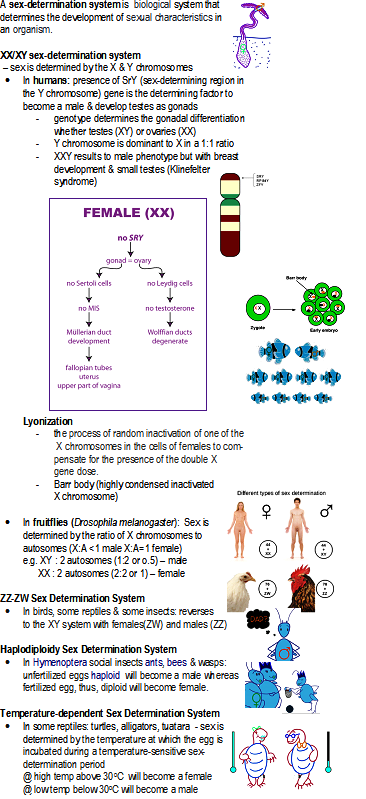My Embryo Notes
Beverly D. Bermejo-Amparado, Ph.D., R.N. Biology Department Mindanao State University Marawi City
Sunday, March 1, 2015
Wednesday, January 28, 2015
Wednesday, January 23, 2013
ANGIOGENESIS
ANGIOGENESIS
Angiogenesis
is the growth
of new blood vessels from pre-
existing vessels.
- occurs in the healthy body for healing
wounds and for
restoring blood flow to tissues after
injury; in females, to
rebuild the uterus lining, and during
pregnancy to build the
placenta
- also a fundamental step in the transition
of tumors from a
dormant state to a malignant one
Facts
& Figures
* The total surface area covered by these
cells in an adult is
1000-- roughly the size of a tennis court.
* If all the blood vessels in the body were
lined up end-to-
end, they would form a line that could
circle the earth twice.
* Blood vessel cells do not normally grow in
the healthy adult
they are normally inactive, or quiescent.
Two Types of Angiogenesis:
1. Sprouting
angiogenesis - vessel formation & growth as
entirely new vessels; involves
mural/pericytes & smooth
muscle cells
2. Intussusceptive/
splitting angiogenesis - the capillary wall
extends into the lumen to split a single vessel in two.
Vasculogenesis (spontaneous blood vessel formation) is
the process of blood vessel formation occurring by a de
novo production of endothelial cells; when endothelial
precursor cells (angioblasts –endothelial cells)
& smooth muscles (from myofibroblasts) migrate
and
differentiate in response to local cues (such
as growth
factors and extracellular matrix) to form
new blood vessels.
Arteriogenesis is the formation of medium-sized blood
vessels possessing tunica media &
adventitia.
- also involves increase in the diameter of existing
arterial vessels.
- common response to physical exercise
&
atherosclerosis
Origin: intermediate mesoderm, lateral plate mesoderm
Terms:
*
endothelial cells –line the interior surface
of blood
vessels & lymphatic vessels,
* pericytes/Rouget’s/mural
cells –contractile cells that wrap
around the endothelial cells of capillaries and venules
*
angioblasts – endothelial progenitor cells; one of the two
products formed from hemangioblasts (the other being
Control:
The healthy body controls
angiogenesis through a series of "on" and "off" switches:
- The main "on"
switches are known as angiogenesis-stimulating growth factors
- The main "off
switches" are known as angiogenesis inhibitors
The normal, healthy body
maintains a perfect balance of angiogenesis modulators. In general,
angiogenesis is "turned off" by the production of more inhibitors
than stimulators.
Chemical Signals:
Angiogenic Growth Factors
*
Fibroblast Growth Factor (FGF) – initiate a process of
mitogenic activity critical for the
growth of endothelial cells,
fibroblasts, and smooth muscle cells.
- promotes healing in chronic wounds of
DM patients
* vascular
endothelial growth factors (VEGFs) – increase the
number of capillaries in a given network
* at least 20 other GFs
Angiogenic Inhibitors:
* Angioarrestin – to inhibit proliferation
induced by VEGF of
vascular endothelial cells derived from
different vessel type
* Angiostatin (plasminogen
fragment) – involve inhibition of
endothelial cell migration, proliferation and induction of
* at
least 30 (300 to date) other angiogenic inhibitors
Excessive angiogenesis:
* in cancer, diabetic blindness, age-related macular
degeneration, rheumatoid arthritis,
psoriasis, and more
than 70 other conditions.
- diseased
cells produce abnormal amounts of angiogenic
GFs, overwhelming the effects of
angiogenesis inhibitors.
- Anti-angiogenic therapies –
starve diseased cells
Insufficient angiogenesis:
* in coronary artery disease, stroke,
ischemic heart
disease, and chronic wounds
- cannot produce adequate amounts of
angiogenic GFs
·
Therapeutic
angiogenesis to stimulate angiogenesis,
improve
perfusion, deliver survival factors to sites of
tissue repair, mobilize regenerative stem cell
populations, and ultimately, restore form and
function
- possibly
for regeneration of nerves
Friday, November 18, 2011
Subscribe to:
Posts (Atom)






